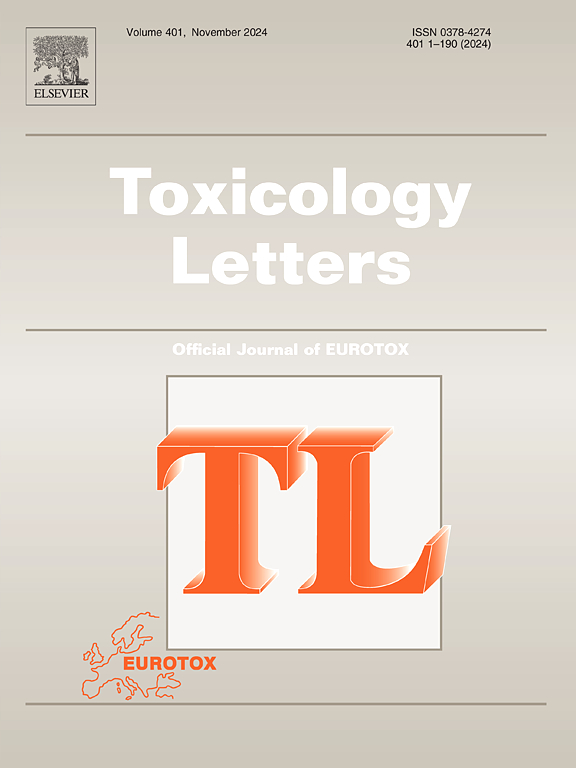细颗粒物对混合系激酶 3 的激活会诱发人类角质形成细胞的皮肤炎症。
IF 2.9
3区 医学
Q2 TOXICOLOGY
引用次数: 0
摘要
细颗粒物(PM2.5)通过炎症反应诱发一系列疾病,包括皮肤疾病。在这项研究中,我们研究了 PM2.5 在人类角质形成细胞 HaCaT 中引起皮肤炎症的新机制。我们观察到,在经 PM2.5 处理的 HaCaT 细胞中,环氧化酶-2(COX-2)的蛋白表达和前列腺素 E2(PGE2)的产生均有所增加。为了确定促进这些炎症蛋白表达的途径,我们进行了磷酸激酶抗体阵列,并证实经 PM2.5 处理的 HaCaT 细胞中 JNK 和 p38 的磷酸化水平升高。对丝裂原活化蛋白激酶(MAPKs)和上游信号的磷酸化水平的进一步研究表明,PM2.5 激活了 MKK4/7-JNK-c-Jun 和 MKK3/6-p38-p70S6K 信号通路,而 ERK1/2 的磷酸化水平保持不变。经 PM2.5 处理的 HaCaT 细胞磷酸化了混系激酶 3(MLK3),这是 p38 和 JNK 的上游调节因子。此外,通过 N-乙酰半胱氨酸(NAC)处理抑制 ROS 的产生也会抑制 MLK3 的磷酸化。综上所述,PM2.5诱导的ROS产生激活了MLK3信号通路并诱导了皮肤炎症。本文章由计算机程序翻译,如有差异,请以英文原文为准。
Activation of mixed lineage kinase 3 by fine particulate matter induces skin inflammation in human keratinocytes
Fine particulate matter (PM2.5) induces a range of diseases, including skin disorders, through inflammatory responses. In this study, we investigated the novel mechanisms by which PM2.5 causes skin inflammation in human keratinocytes HaCaT. We observed increased protein expression of cyclooxygenase-2 (COX-2) and the production of prostaglandin E2 (PGE2) in PM2.5-treated HaCaT cells. To identify the pathways promoting the expression of these inflammatory proteins, we conducted a phospho-kinase antibody array and confirmed that the phosphorylation levels of JNK and p38 were increased by PM2.5-treated HaCaT cells. Further investigation of the phosphorylation levels of mitogen-activated protein kinases (MAPKs) and upstream signals revealed that PM2.5 activated the MKK4/7-JNK-c-Jun and MKK3/6-p38-p70S6K signaling pathways, while the phosphorylation level of ERK1/2 remained unchanged. HaCaT cells treated with PM2.5 phosphorylated Mixed-lineage kinase 3 (MLK3), an upstream regulator of p38 and JNK. Furthermore, inhibition of ROS production by N-Acetylcysteine (NAC) treatment inhibited MLK3 phosphorylation. Taken together, ROS production induced by PM2.5 activated the MLK3 signaling pathway and induced skin inflammation.
求助全文
通过发布文献求助,成功后即可免费获取论文全文。
去求助
来源期刊

Toxicology letters
医学-毒理学
CiteScore
7.10
自引率
2.90%
发文量
897
审稿时长
33 days
期刊介绍:
An international journal for the rapid publication of novel reports on a range of aspects of toxicology, especially mechanisms of toxicity.
 求助内容:
求助内容: 应助结果提醒方式:
应助结果提醒方式:


